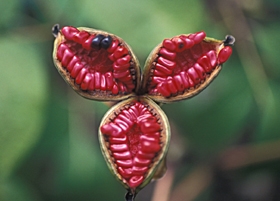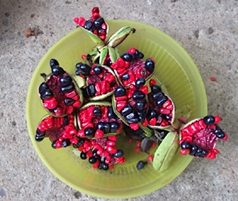Midland Diary No 16 - Repotting starts and Seed collecting continues
Repotting starts
It’s a quiet time of year in the garden, but the beginning of August marks the beginning of a busy time in the greenhouse as I try and repot most of my bulb collection every year. This enables me to see how everything is doing and also gives an input of frest nutrient to the bulbs. I work more or less chronologically, starting with the autumn flowering Crocuses and Colchicums and then move onto Galanthus.
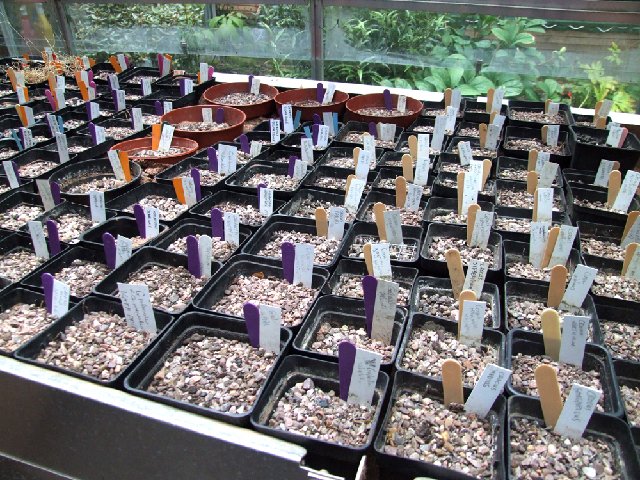
I find the coloured labels very useful at this time because through the growing season, pots end up in various different places and when repotting I like to put similar types together for ease of repotting and recording. The coloured labels enable me to see easily where all the crocus or galanthus are, and on some there is another label which indicates autumn flowering.
I also try and repot cyclamen on a two year cycle, but last year I ran out of time and did not manage to repot any of my collection of cyclamen. For some of the younger plants, this meant they have not been repotted for more than three years, because I do not repot them in their first winter after germinating. So this year, I am trying to make a concerted effort on them.
Cyclamen coum "kusnetsovii" is a form of C coum from the Caucasus reputed to be very hardy. Here in the Midlands of England, hardiness of coum is not usually an issue, but it is an interesting form to grow.
These particular seeds came from Cyclamen Society seed, and were sown in November 2005 and germinated two months later. The first one flowered in December 2006, less than a year after germinating and a record for me. They were not repotted then, but in taking a look under the gravel in the summer of 2007 I found five tubers.
This year I tipped them out of their pot and found five healthy tubers and a seedling.
The plants had already developed shoots for next year, and were also showing new root development. The enlargement of the picture shows these new whitish roots.
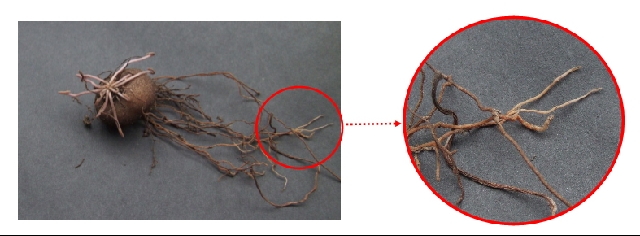
I am always fascinated by the fact that Cyclamen coum makes new leaf shoots in July or August, but, will probably not show any signs of mature leaf development or flowers for about six months. This would seem to be a risky mechanism, with the shoots and potential new leaves open to attack from pests for many months. The plants are often under a layer of protection, either leaf mould or bark chips in the open garden, or grit for the pot grown plants. However, often the tubers are exposed, either by rain washing away the top dressing in the open garden, or maybe the plant pulls the tuber to the top, in which case this must be the best place for the tuber. Either way, the plants are presumably doing the best thing and they usually flower very reliably in February and March.
The tubers were put into fresh compost - for cyclamen I use something like: two parts John Innes no3, one part each or leaf mould, pine duff, perlite and grit plus a little limestone grit.
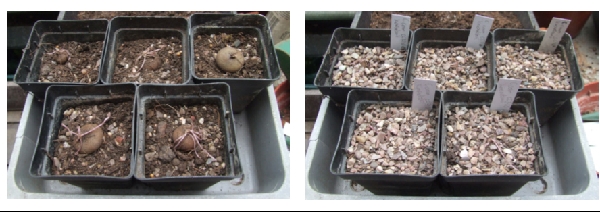
Whilst on the subject of cyclamen, C hederifolium usually starts flowering here in the open garden in mid July. I usually reckon that a heavy rainfall in late June (quite a normal occurrence) will then bring out the first C hederifolium flowers 10 - 14 days later. This year, they have got off to a slower start than usual, but are now picking up. I always find the white ones are first to flower, not sure why!
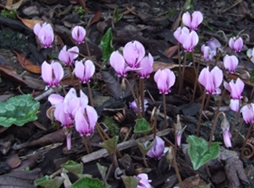
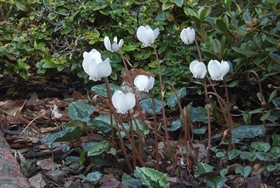
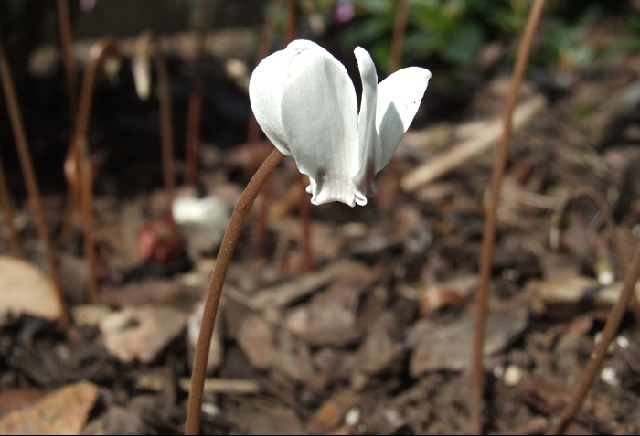
Finding places to put in new plants can sometimes lead to problems, and often something has to go. I decided to get rid of an unproductive Rhododendron saluensis and move into its place a more productive Rhododendron. As I dug around the site, I lifted a large Cyclamen hederifolium, with dozens of seedlings, nestling piggy-back style on top of the 25cm+ tuber. I am not really sure what to do with this yet ...
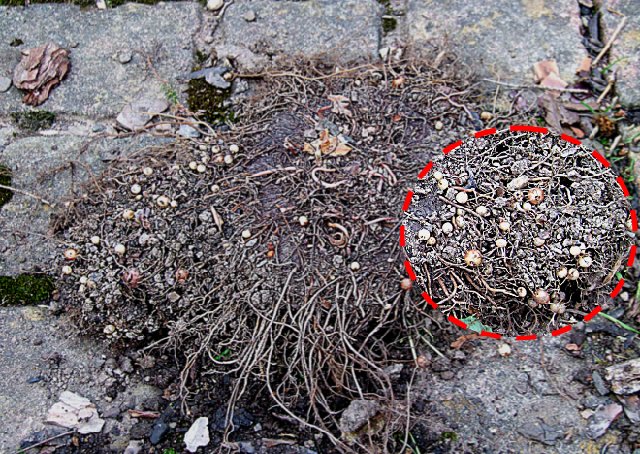
Collecting seed
I have now been collecting seed for some weeks. I usually start with drying them in saucers
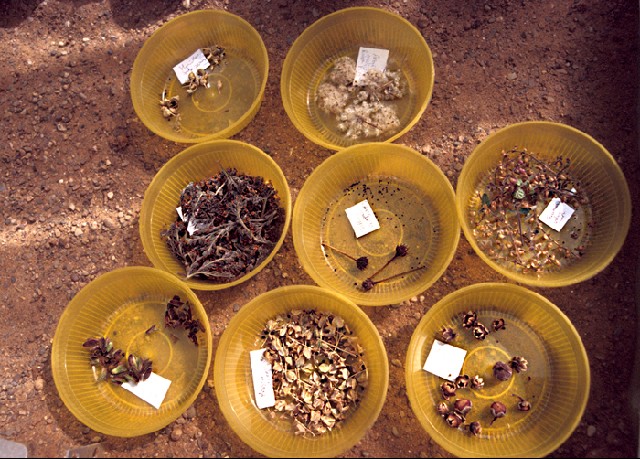
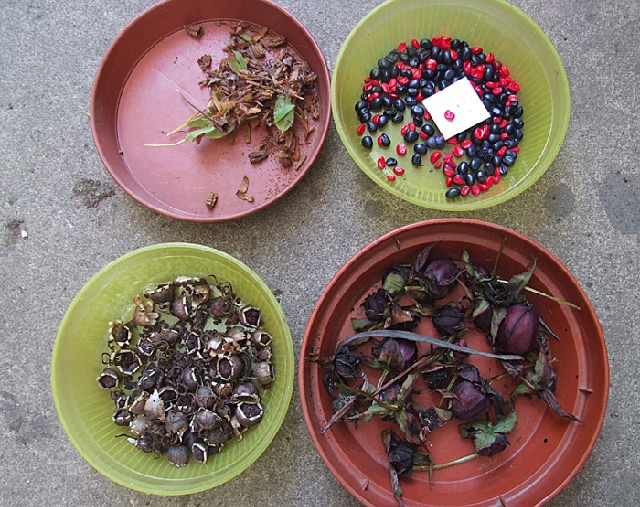
Some paeonia seed is reluctant to ripen, waiting (as many of us) for the summer to warm up. I keep a careful watch on the pods and cut them off as they open. A little further drying is important, and then I shall separate and discarding the beautiful but unviable red capsules and store the black viable seed for later sowing or sending to the Seed Exchanges.
P mlokosewitchii P obovata
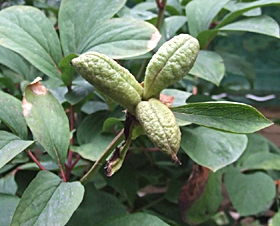
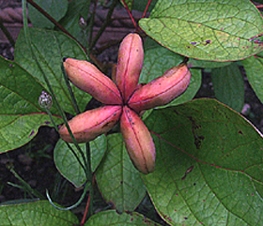
P japonica
